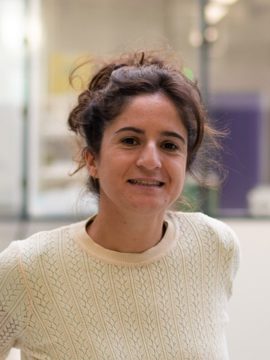Videoconference. Link sent by email.
FLIM-FRET Microscopy: Fundamentals, Advantages and Applications
Förster Resonance Energy Transfer (FRET) is an effective and high resolution method mostly famous for its nanometric distance measurements as a ‘molecular ruler’ for probing biomacromolecular structures, but it can be exploited for diverse applications that range from monitoring the dynamics of intracellular protein–protein interactions, to providing signal transduction within countless bio assays. Genetically engineered FRET pairs can be strategically expressed in biological systems for evaluating molecular mechanisms governing diverse cellular processes and moreover, the development of novel organic dyes that exhibit improved photo-pH stability and excellent spectral characteristics, provides additional choices for FRET imaging. Förster Resonance Energy Transfer can be accomplished by means of FLIM (Fluorescence Lifetime Imaging Microscopy) a powerful technique that gives quantitative information with spatial and temporal details of the interaction between molecules. Here the energy transfer is directly derived from a single measurement of the donor lifetime. FLIM-based FRET imaging is straightforward and at present is the preferred method to carry out quantitative FRET experiments on interactions between molecules. This presentation is an attempt to spread knowledge about advanced Fluorescence Lifetime Imaging Microscopy and FRET to potential users and start a discussion about current and future applications.
Virginia Puente
Team Choquet
IINS


